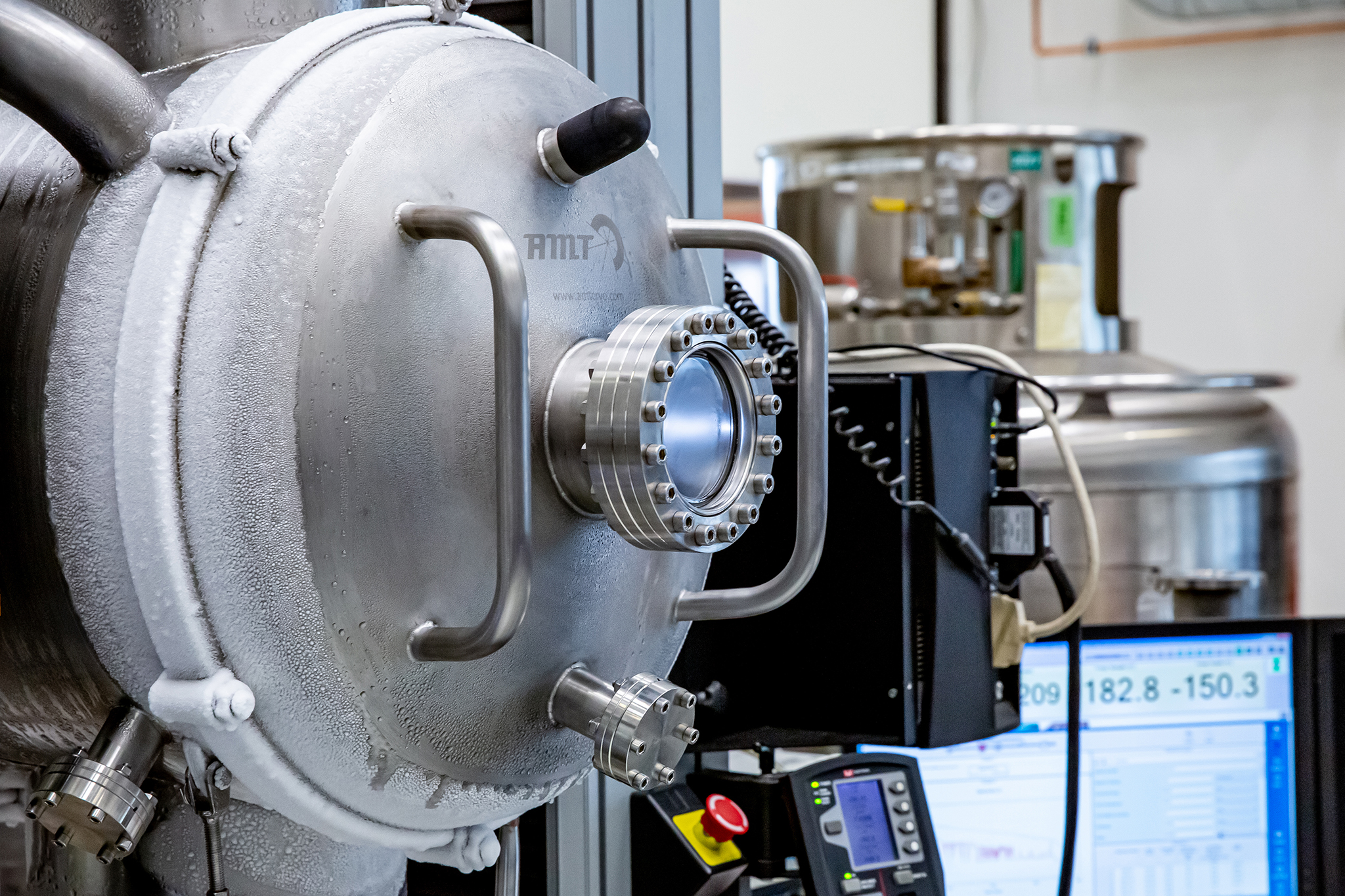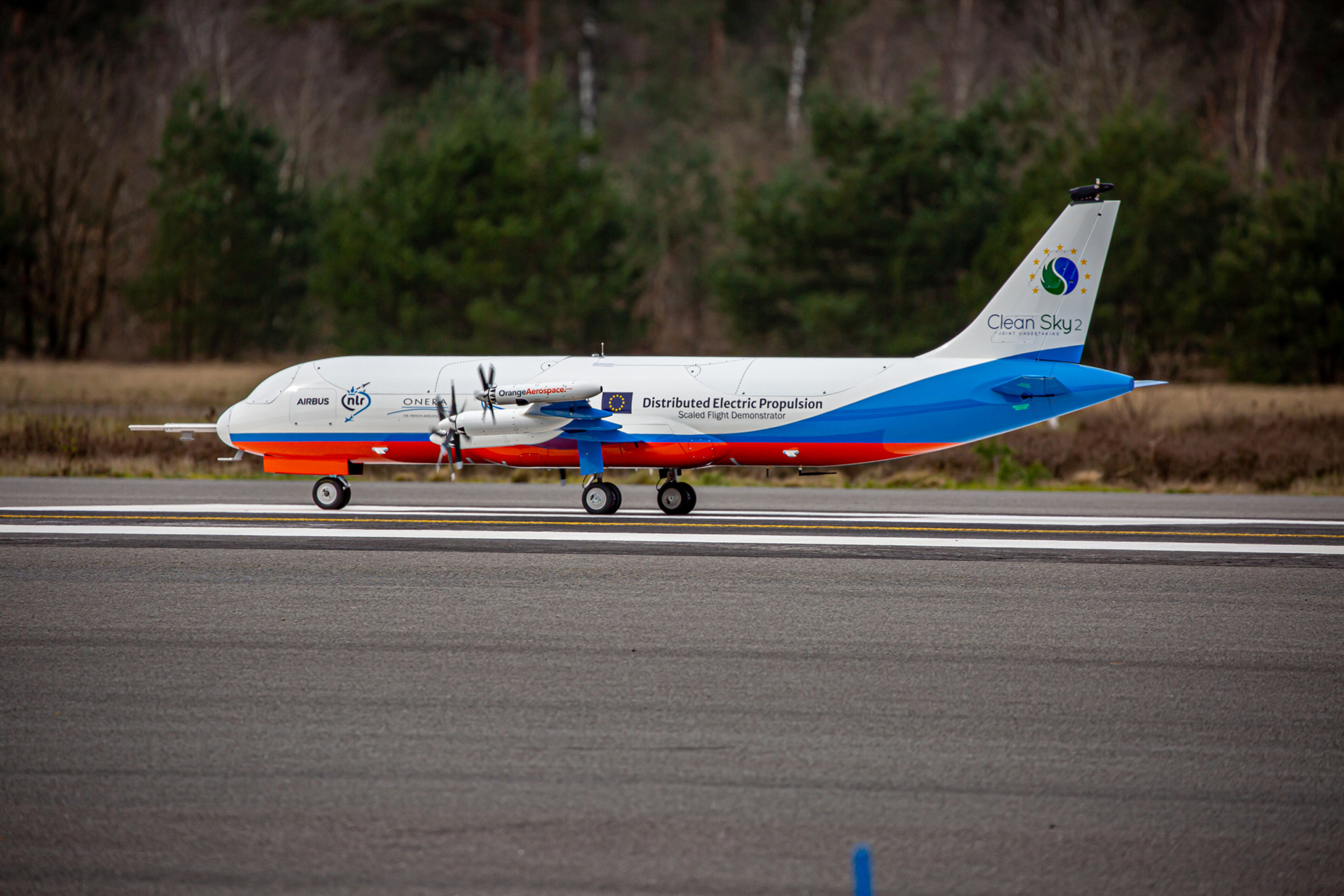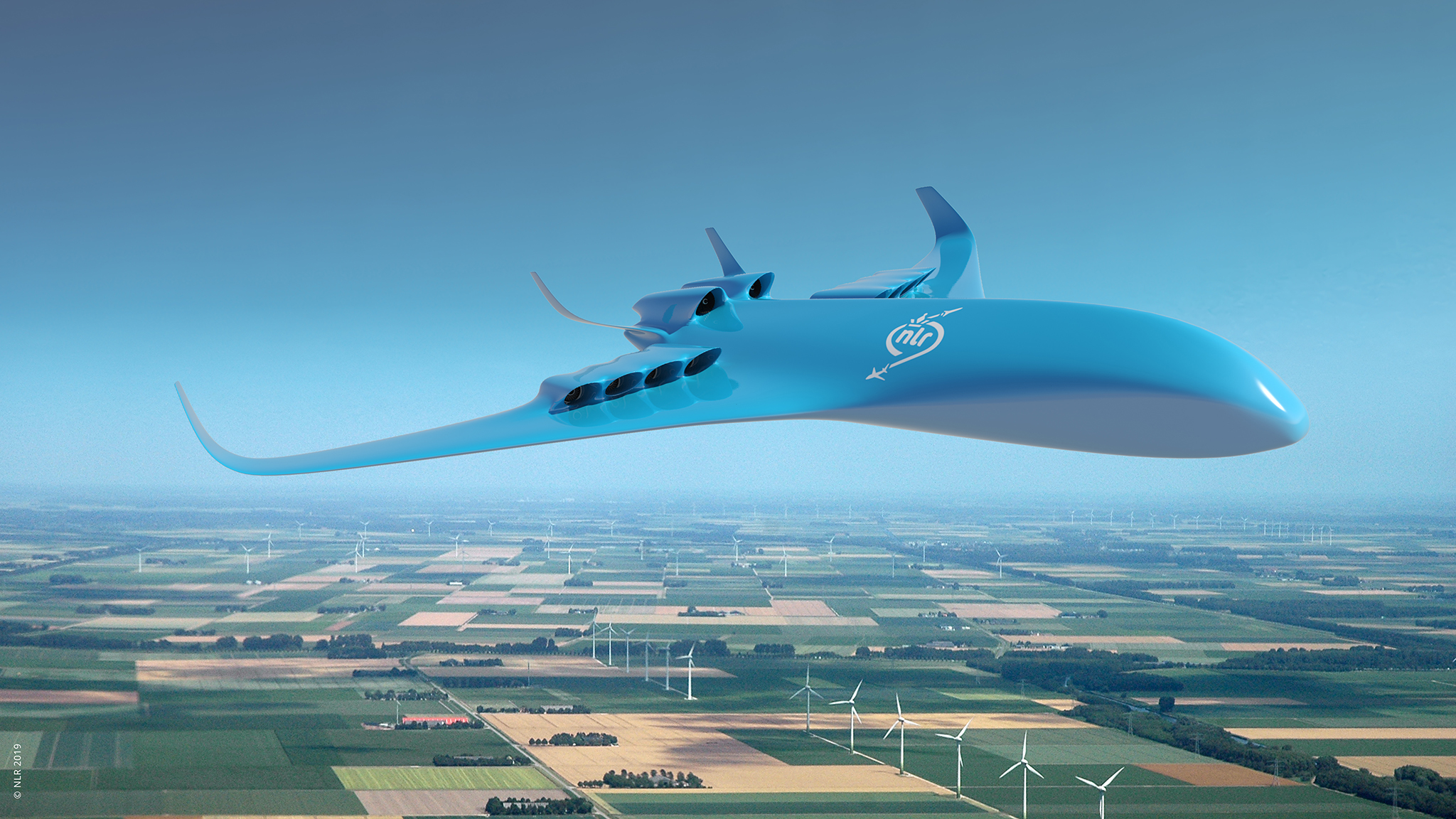Om vliegtuigen efficiënter en duurzamer te maken, is het belangrijk om lichtgewicht-, duurzame- en betaalbare componenten te ontwikkelen die gemakkelijk te bedienen en onderhouden zijn. NLR biedt innovatieve avionica-systemen en onderhoudstechnieken voor civiele en militaire vliegtuigen. Onze producten en diensten worden gebruikt in innovatieve onderzoeks- en testprogramma’s. We werken samen met andere partijen om onze technologieën verder te ontwikkelen en te innoveren, met als doel ze bruikbaar en haalbaar te maken voor iedereen die ze nodig heeft.
Latest Downloads

Construction and Manufacturing
24 March 2025
Brochure: Testing and Evaluation - Structures
NLR acts as a one-stop-shop for “Non-Standard” testing of aircraft parts, structures and materials. The traditional structural testing has evolved, it includes energy transition related testing: deep cryogenic, hydrogen, fuel cells, and hydrogen electric power trains (in full or its components). We have the capability to offer you inspection, testing, characterisation and failure analysis. For […]

Sustainability and Environment
20 March 2025
Booklet: Applied research for aerospace industry, space and defence
Royal NLR operates as a non-profit, objective and independent research centre, working with its partners towards a better world tomorrow. As part of that, NLR offers innovative solutions and technical expertise, with the aim of making aerospace more sustainable, safer, more efficient and effective. We are the connection between scientific research, policy-based support and industrial […]

Sustainability and Environment
20 March 2025
Booklet: Research and Development more electric and hydrogen powered aerospace
Hydrogen as a fuel is considered to be an important route towards future sustainable aviation. For aviationapplications, hydrogen presents several key advantages: it allows for the elimination of carbon emissions inflight and along the entire life cycle. Its usage in fuel cells allows eliminating NOx and particles. When burntin a turbine engine, very low particle […]
